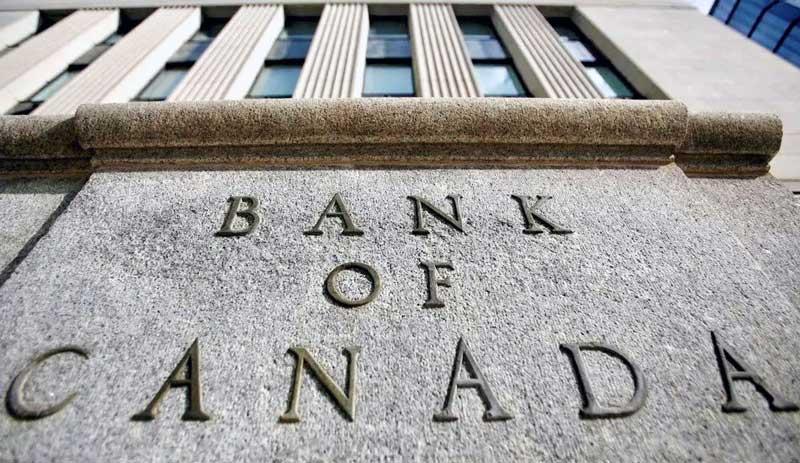
Bank of Canada is expected to implement another interest rate cut to bolster the Canadian economy.
The Bank of Canada is widely anticipated to lower interest rates once more, however, the potential for tariffs imposed by the Trump administration casts a shadow over the economic outlook.
With the looming threat of US tariffs on Canada, the Bank of Canada is expected to reduce its key interest rate from 3.25% to 3% during its 9:45 a.m. ET announcement.
Along with this decision, the Bank’s Monetary Policy Report will present revised projections for economic growth and inflation and an assessment of potential impacts from a trade war. Following the announcement, Governor Macklem and Deputy Governor Rogers will hold a media briefing at 10:30 a.m. ET.
Despite the turbulence in the political arena, including the potential for heavy U.S. tariffs and the upcoming Canadian federal election, the domestic currency has remained relatively stable this month, showing little more than a limited range in January.
Could the central bank policy decisions in both Canada and the U.S. today stir things up? It's unlikely. The money markets have already largely priced in a 25-basis-point rate cut by the Bank of Canada (BoC) this morning and are expecting the Federal Reserve to maintain its short-term interest rates this afternoon. If both central banks follow these anticipated moves, it may not provide much for traders to react to.
The loonie has been trading within a narrow range, fluctuating just above 69 US cents and just below 70 US cents over the past month. A key factor in this stability is the recent weakening of the U.S. dollar against major currencies, which peaked on January 13.
From a technical perspective, the Canadian dollar is showing promising signs. It’s built solid support above 69 US cents, a welcome development after it dropped nearly five US cents last autumn.
Shaun Osborne, chief FX strategist at Scotiabank, noted that USD/CAD technical indicators have become more favorable for the Canadian dollar in recent weeks. "There are clear signs that the USD bull trend is slowing down," he said in a Tuesday report.
This could mean a potential recovery for the loonie in the near future, although much depends on the unfolding tariff situation.
As always, the loonie’s performance is closely tied to the interest rate differential between the U.S. and Canada. Due to a weaker economy, the Bank of Canada has been more aggressive with rate cuts compared to the Federal Reserve. This has led to capital flowing into higher-yielding U.S. bonds, strengthening the U.S. dollar and suppressing the loonie.
However, if the BoC begins signaling that it’s approaching the end of its rate-cutting cycle, while the Fed hints at the possibility of further rate cuts later this year, the market dynamics could start to shift in favor of the Canadian dollar.
Leave a comment
Your email address will not be published. Required fields are marked *


